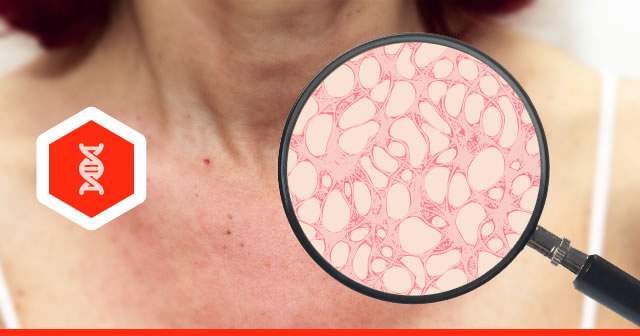
May is Melanoma/Skin Cancer Detection and Prevention Month: the perfect opportunity to learn more about the disease – and what the Weizmann Institute of Science is doing to help.
Did you know that skin cancer is the most common cancer in America? And that it’s been on the rise for more than 30 years? Melanoma is one form of skin cancer, and while it’s not the most common type, it is the deadliest. The American Cancer Society currently estimates that more than 135,000 new cases of melanoma are diagnosed each year in the U.S. alone. It’s predicted that, in 2015, about 74,000 of these will be invasive melanomas, with more occurring in men than women.
Prevention – such as wearing a high-SPF sunblock or protective clothing anytime we go outside, even on overcast days – and early screening are the most important tools in our skin-cancer-defeating arsenal. Routinely examine your skin to identify unusual moles, brown spots, or growths. The Skin Cancer Foundation recommends that you look for the “ABCDE” warning signs: asymmetry, border, color, diameter, evolving.
Melanoma can be fatal once it develops, as it is fast-moving and difficult to treat. Fortunately, the Weizmann Institute is shining a light on skin cancers from a number of new angles. Here are just a few:
Melanoma-Eradicating Molecule. Cells send a constant stream of messages (“mail”) to their nuclei for making day-to-day decisions. But this rapid, long-distance communication system is vulnerable to mutations that can lead to unstopped messages – a “spam attack” – that promotes cancer. Prof. Rony Seger and his team recently identified a potential drug molecule that stops cancer cells from getting their mail, interrupting this process. In tests, the molecule was able to eradicate some cancers – including melanoma. Current drug treatments for melanoma typically work for a short while, but then the cancer becomes resistant and returns stronger than ever. Prof. Seger envisions the new molecule being added to the melanoma drug regimen in rotation with other meds, so that resistance cannot develop. Read more
Identifying genetic mutations. Prof. Yardena Samuels uses the power of DNA sequencing to identify new groups of genetic mutations involved in melanoma. One of her discoveries, a mutation found in about one-fifth of melanoma cases, inspires particular hope because it is located in a gene already targeted by a drug approved for treating some types of breast cancer. Preliminary clinical trials are underway. Read more
How does melanoma escape toxic treatments? In the lab, drugs can destroy melanoma cells and those of many other cancers, but have limited efficacy in patients. How is cancer able to survive treatment? Dr. Ravid Straussman made a surprising discovery: normal cells living within a tumor may actually help cancer cells grow and survive anti-cancer drugs. This area is largely unexplored; fortunately, Dr. Straussman is studying melanomas to identify the biological basis of this drug resistance. Read more
Another way to fight skin cancer? Support a dedicated Weizmann scientist. Generous donors have helped provide these researchers with the specialized labs, instruments, and technicians they need to conduct their crucial investigations – but there is more work to be done. Please be a partner in advancing the Institute's life-saving cancer research.
